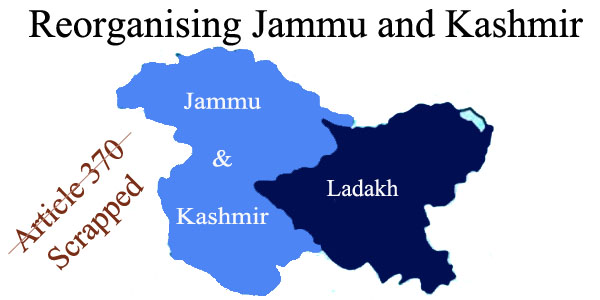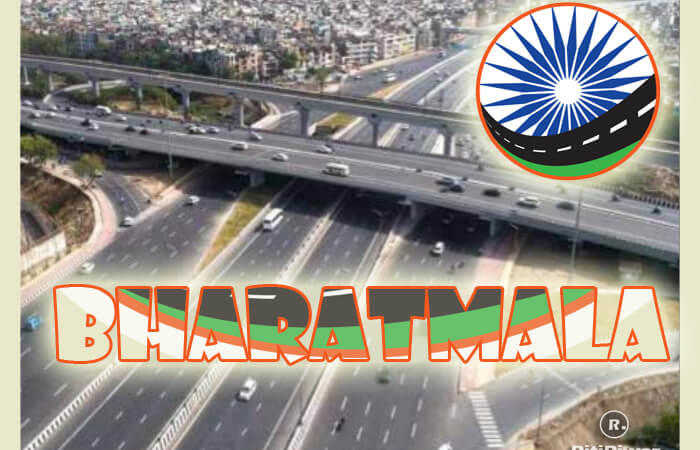Kashmir Before And After Article 370

In a historic move by the government on Jammu & Kashmir by removing Article 370 will end the special status to J&K and further the state is bifurcated into two union territories. Here are the important points that you should know before and after the revoking of Article 370.
1. Article 370 accorded special status to Jammu and Kashmir, but now it is like any other Indian state or union territory.
2. Jammu and Kashmir residents earlier used to have dual citizenship one of Kashmir and other of India, but now there will be no dual citizenship and all J&K residents will get single citizenship of India.
3. Jammu and Kashmir was the only state to have its own constitution, separate autonomy, separate state laws but now there is no separate constitution for the state and its citizens.
4. Earlier only permanent residents of Jammu and Kashmir can buy or sell property in the state, but now any Indian citizen from other states is free to buy land in J&K.
5. Jammu and Kashmir was the only state to have its own state flag while after removal of Article 370 J&K will have the same flag as the entire country “Trianga”.
6. Earlier the duration of Legislative assembly in Jammu and Kashmir was six years but now the duration of Assemble will be same as other states five years.
7. There was no reservation for the minorities community in Jammu and Kashmir like Hindus and Sikhs, but after removal of Article 370, there will be 16% reservation for the minorities.
8. RTI is applicable throughout India but was not applicable in Jammu and Kashmir but after removal of Article 370 RTI will be applicable.
9. Earlier Jammu and Kashmir was a single state and Ladakh was part of it but now J&K is a union territory with the legislature and Ladakh is also Union Territory without any legislature.
10. If a woman of J&K marries out of the state then she would lose the citizenship of the state but now the woman has the right to marry anybody from the country retaining her rights and Indian citizenship.
Suggested Read: What is POK






